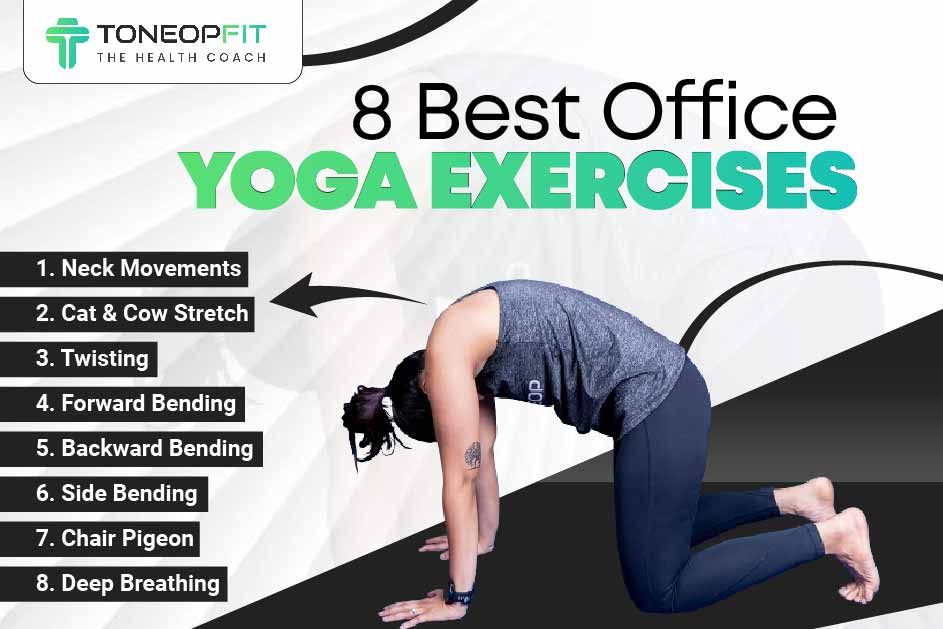Staying active and healthy is significant, and performing exercises to boost circulation is one essential aspect of health. Regular exercise not only improves cardiovascular health but also promotes better blood circulation. Here’s a compact list of valuable information for you on how to enhance your blood circulation through exercise.
- Understanding Good Desk Circulation: Knowing the importance of good desk circulation is crucial for office workers.
- Identifying Poor Circulation Risks: Being aware of the risks and causes of poor blood flow is the first step towards prevention.
- Recognizing Poor Circulation Signs: Arming oneself with the knowledge to spot signs of poor circulation can help address issues early.
- Promoting Circulation with Office Exercises: Office exercises can be an excellent way to increase blood circulation at your workspace.
- Leveraging Lifestyle Changes: Making lifestyle alterations can play a significant role in boosting your blood flow.
- Utilizing Beneficial Items: Some items can enhance blood circulation, and it’s crucial to know about them.
- When to Seek Professional Advice: It’s essential to recognize when professional advice is required for improving circulation.
Including these tips in your daily routine can significantly improve your health by enhancing your blood flow.
The Impact of Exercise on Blood Circulation
Regular physical activity stimulates better blood flow, ensuring all body parts receive essential nutrients and oxygen. Exercises to boost circulation are not just beneficial but necessary for all age groups.
The practice of leg-centric exercises comes highly recommended for people with sedentary jobs. Physical activity aids in pumping blood back to the heart, combating the risks associated with prolonged sitting.
Remember, lifestyle changes such as maintaining a balanced diet and staying hydrated, along with regular exercise, can significantly improve your circulatory health.
Never hesitate to seek professional advice if you experience continued poor circulation symptoms. With the right approach, you can maintain good circulation and live a healthy life.
Importance of Good Desk Circulation
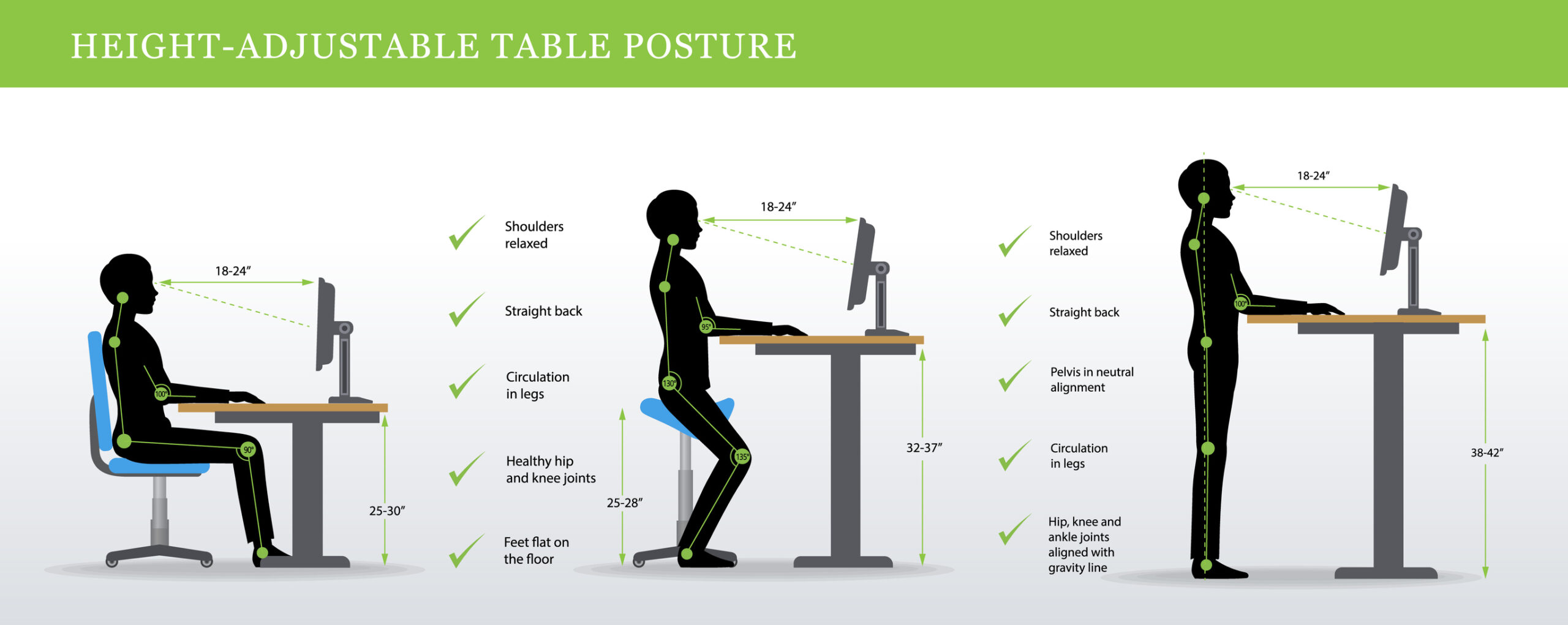
Why is good desk circulation crucial for health?
Good desk circulation is vital as it can enhance productivity and improve overall health. Without proper circulation, you risk experiencing discomfort, numbness or severe health issues.
Employing continuous movement helps maintain bodily functions and ignite energy levels. By encouraging blood flow, we also boost brain function, keeping us alert throughout the day.
How can I improve my desk circulation?
Several methods can be utilized to improve desk circulation. Firstly, consider having short breaks to get up and walk around. Even a quick stretch can do wonders.
Adjusting your workstations to suit your physical needs could also help. Opt for adjustable chairs that support your lower back and promote good posture.
Are standing desks beneficial for circulation?
Yes, standing desks can indeed be beneficial. As per Cleveland Clinic, standing while working promotes better blood flow than sitting.
A standing desk encourages you to move more frequently, which leads to better cardiovascular health.
What about footrests?
A footrest can further aid in improving circulation. Raising your feet slightly off the floor can reduce the strain on your legs and prevent blood from pooling in your lower extremities.
In addition, they encourage movement of your feet and legs, promoting healthier blood flow.
Risks and Causes of Poor Circulation
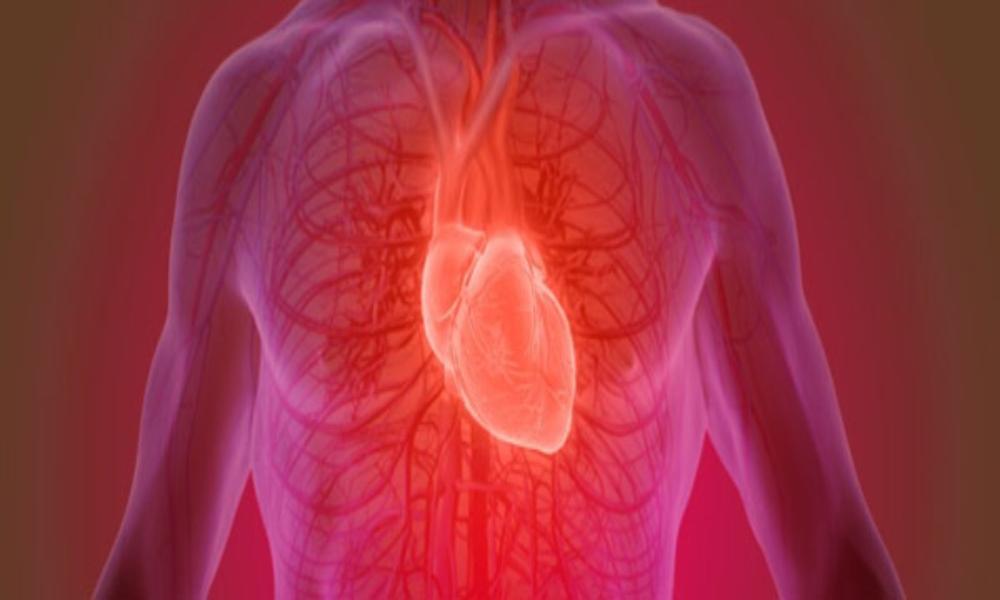
Poor circulation can result from a variety of factors. Underlying health conditions, such as diabetes or obesity, are common culprits.
In addition, a sedentary lifestyle can cause various circulatory issues. If your body isn’t moving, your blood flow slows down.
Smoking cigarettes also contributes to poor circulation. Nicotine constricts blood vessels, impairing the flow of blood.
Unhealthy Dietary Habits
A diet high in saturated fat and cholesterol can lead to poor circulation. These substances block arteries, restricting blood flow.
Consumption of processed foods and sugar-sweetened beverages also contribute substantially to this issue.
Effects of Poor Circulation
Poor circulation can lead to numerous health problems. It can trigger fatigue, cold hands and feet, and muscle cramps.
If you’re experiencing recurring numbness or tingling sensations in extremities, consult a healthcare professional immediately.
The symptoms may indicate severe circulatory disorders potentially leading to heart disease or stroke.
Boosting Circulation Naturally
Improving your diet is one way to enhance blood circulation. Incorporating more fiber-rich whole foods can help clear the arteries.
Regular exercise can significantly improve circulation. Beit walking, jogging or cycling – all are beneficial for the vascular system.
Quitting smoking will also have a huge impact on boosting your circulatory health. Consider seeking help if you’re struggling with addiction.
Here’s where you can gather more information on the topic.
Spotting the Signs of Poor Circulation
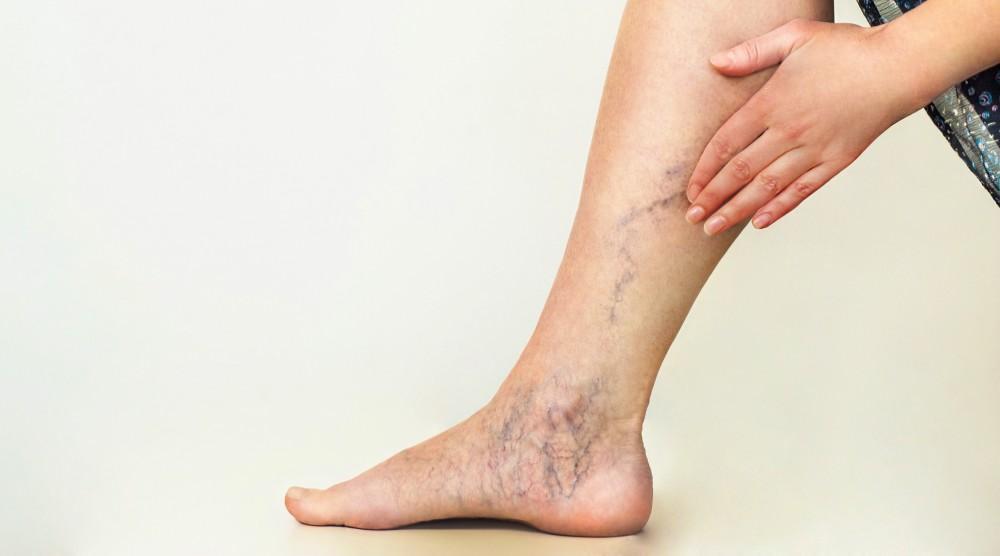
Noticing symptoms of poor circulation is essential for maintaining a healthy body. Be sure to recognize the following manifestations:
- Numbness or weakness in your limbs, signaling insufficient blood flow.
- Persistent aching may indicate tissues are lacking oxygen.
- Cold hands or feet could be due to decreased circulation.
- Fatigue after simple tasks, as poor circulation often causes tiredness.
If you notice any of these signs, it’s crucial to seek medical advice. Obtaining a diagnosis can help manage the condition effectively.
Incorporating simple exercises in your routine might improve your blood circulation. Before starting any workout, consult with your healthcare provider.
Check out this informative resource at Mayo Clinic for more guidance on how to handle poor circulation.
Remember, tracking your health and recognizing unusual symptoms is key to managing your wellbeing efficiently.
Your holistic health hinges on an active lifestyle and being aware of any potential issues such as poor circulation.
Boosting Circulation with Office Exercises
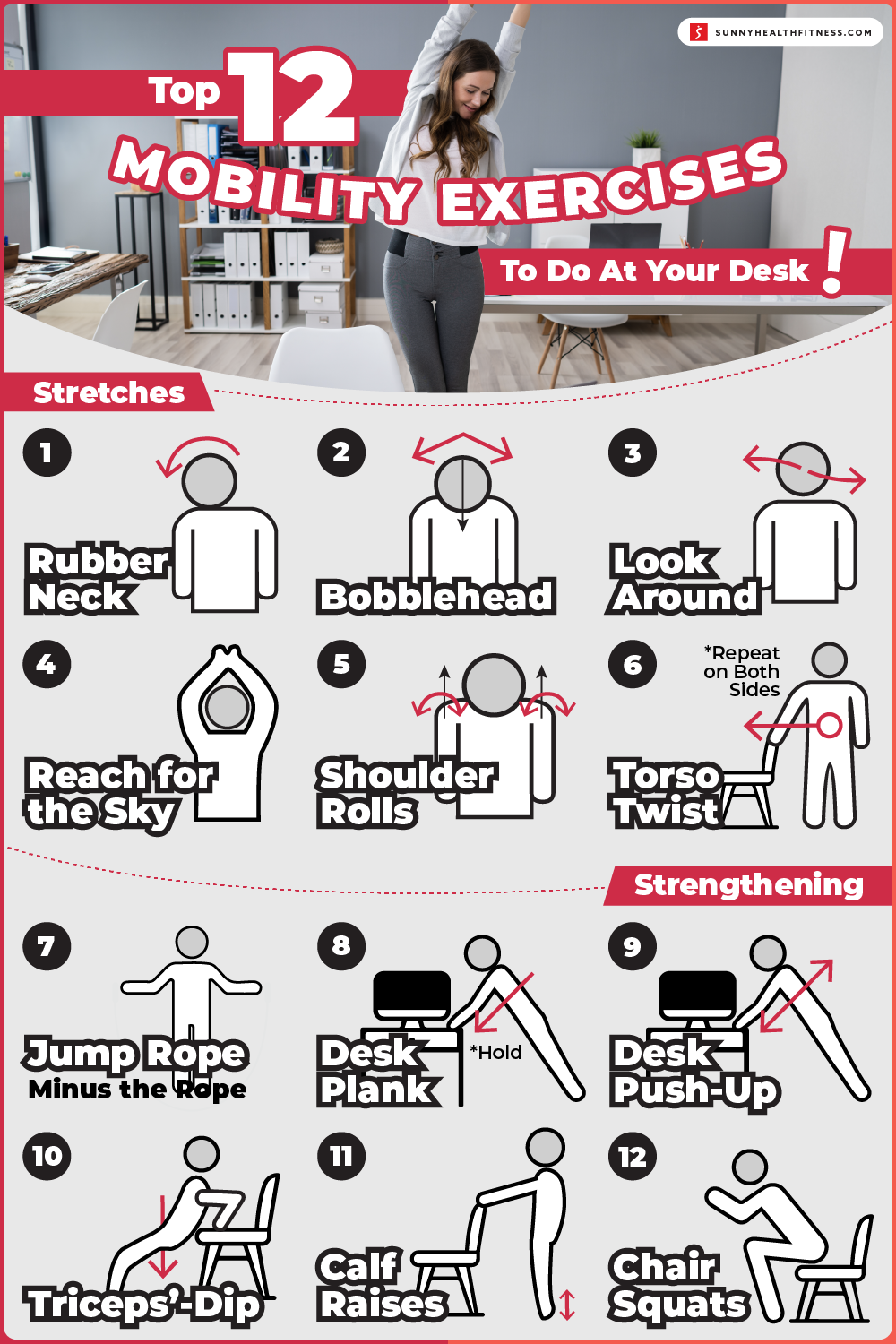
Improving your circulation while at work doesn’t require a significant time commitment. With simple office exercises, you can boost blood flow and increase productivity.
The importance of proper circulation cannot be overstated. It optimizes your brain function and keeps your body’s vital organs working effectively.
- Chair Squats: Stand in front of your office chair, squat until your hips touch the chair, then rise back up. Repeat this ten times.
- Desk Push-ups: Lean against your desk with both hands, then push yourself back until your arms are straight. Repeat ten times.
- Ankle Circles: While seated, lift one foot off the floor and rotate your ankle in both directions. Perform this movement for each foot.
These easy-to-perform exercises not only improve circulation but also alleviate strain caused by sitting for extended periods. They additionally help with flexibility and strength.
Incorporating these minor movements into your routine can yield significant health benefits over time. Practicing them regularly promotes a healthy lifestyle, even at work.
Remember to always consult with a medical professional before beginning any new exercise regimen. Never force a movement that causes pain or discomfort, as this could lead to injury.
If you want more detailed instructions for these exercises, visit Forbes.
Leg-centric Exercises to Increase Circulation
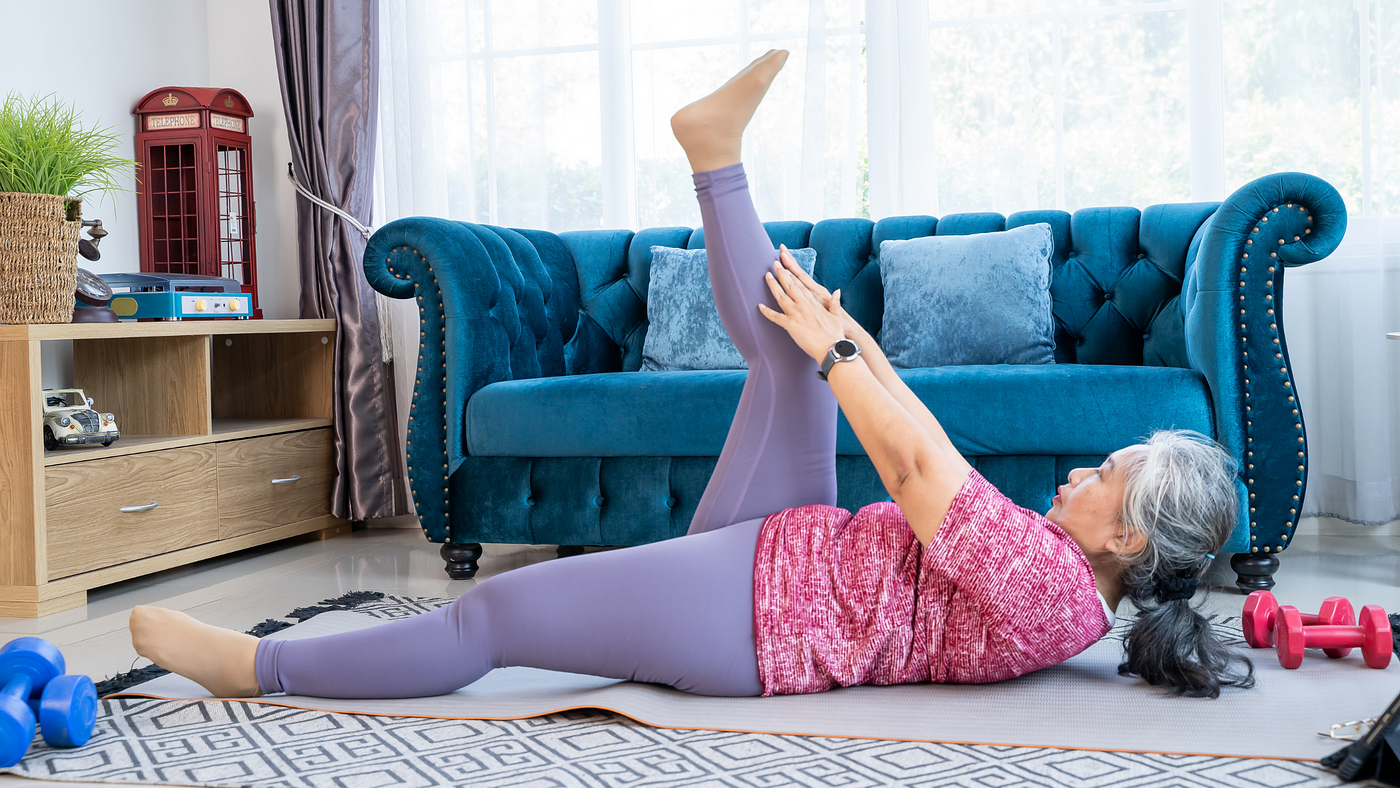
Incorporating leg-centric exercises into your routine can significantly boost circulation. These workouts engage the largest muscle groups, promoting optimal blood flow.
The provided list of exercises offers a range of activities suitable for varied fitness levels. Remember, safety is paramount while exercising.
- Squats: Great for engaging multiple muscle groups simultaneously. Squats enhance overall strength and promote cardiovascular health.
- Lunges: Ideal for targeting individual leg muscles. Lunges help increase strength and flexibility, fostering better circulation.
- Calf Raises: Perfect for lower-leg toning. Calf Raises may improve both balance and circulation.
- Leg Swings: Excellent warm-up exercise. Leg Swings gently stimulate the leg muscles, aiding in enhanced circulation.
Start with beginner’s versions of these exercises if you’re new to fitness or consult with a trainer to ensure correct form and technique.
Consistency is key. Allocate specific days in your schedule for leg-centric workouts. Noticeable improvements in circulation can be seen with regular practice.
Maintaining a steady pace throughout the workout is crucial. Rapid, jerky movements might lead to injuries. Stay focused on controlled, deliberate motions for best results.
Above all, ensure you are comfortable and not straining excessively during these exercises. Your body’s signals should guide your workout intensity.
Lifestyle Changes for Better Circulation
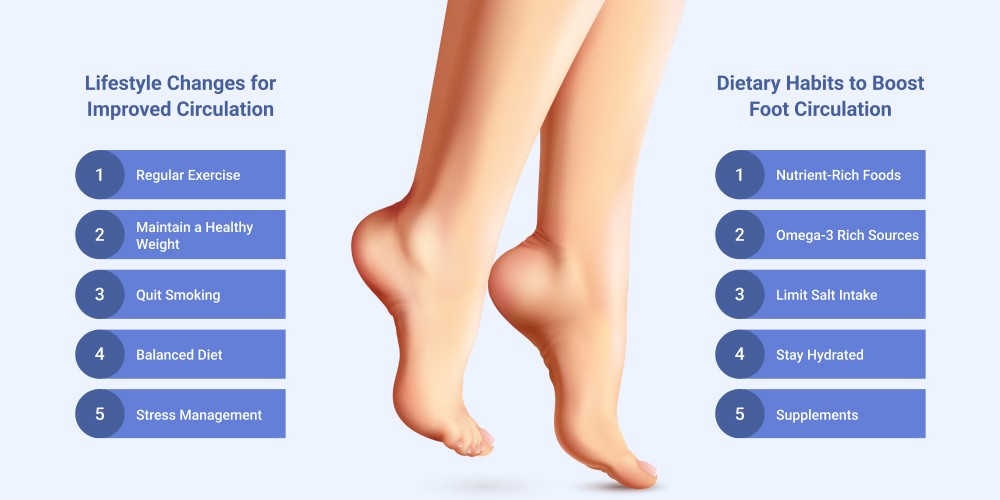
One of the most effective ways to boost circulation is by adopting healthy lifestyle habits. Here are some science-backed suggestions.
Stay Active
Regular physical activity strengthens your heart, allowing it to pump more blood throughout the body.
This not only increases blood flow but also reduces the risk of cardiovascular diseases.
Eat Nutrient-Rich Foods
The foods you consume significantly influence your circulatory health. Foods rich in omega-3 fatty acids such as salmon, nuts, and seeds are known to improve circulation.
Citrus fruits and bell peppers packed with vitamin C also promote healthy blood vessels.
Stay Hydrated
Drinking enough water daily keeps your blood flowing smoothly. Dehydration thickens your blood, limiting its ability to circulate efficiently.
Strive to meet the recommended 8 glasses of water daily.
To learn about more heart-healthy foods that can boost your circulation, you can visit this link.
Remember, improving your circulation requires a consistent effort in adopting healthier lifestyle habits. Even small changes in your daily routine can yield significant results over time.
Beneficial Items for Enhanced Circulation

Improving circulation is an essential part of maintaining good health. There are various items you can use to help enhance your blood flow.
Cupping therapy, for instance, can be beneficial. This traditional practice utilizes special cups on the skin, creating a vacuum that boosts circulation.
An elevated leg pillow could also aid in enhancing blood flow. This simple item works by taking the strain off your veins and allowing blood to flow more freely.
Compression socks are another handy tool. They exert gentle pressure on your legs, which helps to improve circulation and prevent swelling and clotting.
| Item | Description | Possible Benefits |
|---|---|---|
| Cupping Therapy Equipment | Special cups placed on the skin | Enhances blood flow |
| Elevated Leg Pillow | Aids in decompressing veins | Enables free blood flow |
| Compression Socks | Apply gentle pressure on legs | Prevents swelling and clotting, improves circulation |
| Magnets | Purported to improve circulation | Might alleviate discomfort due to poor circulation |
| Table: Items for enhanced circulation | ||
The table above sums up some items that can potentially help with improving circulation. It’s necessary to consult a doctor before trying any new practices.
To learn more about cupping therapy, consider visiting this resource.
These are some of the many items that can help to boost circulation. Always remember, consistency is key for any health improvement initiative.
When to Seek Professional Advice

Boosting your circulation through exercise is typically a safe and healthy choice. However, there are situations when professional advice should be sought out.
If you have a pre-existing health condition, like heart disease or hypertension, starting a new exercise regimen could put unnecessary strain on your body.
Even for those who are generally healthy, overexerting yourself without proper preparation could lead to injury. A balanced approach is key to maintaining good circulation and overall health.
“While exercise is generally beneficial for circulation, it’s important to remember that not all activities are suitable for everyone. Each individual has unique health needs and tolerance levels.”
You may also want to seek professional advice if you experience symptoms such as persistent cold extremities, numbness, swelling or varicose veins. These symptoms may indicate more serious circulation issues requiring medical attention.
An experienced healthcare provider or a certified fitness professional can provide guidance tailored to your personal needs and goals. They’ll help ensure your chosen exercise regimen is both safe and effective.
Remember, the goal is not just to enhance circulation but to do so in a way that supports your overall health and wellbeing. Sometimes, seeking professional advice is the best way to ensure this.
Revitalize Your Workday
In conclusion, the ‘Desk Detox’ provides valuable exercises for office workers to boost their circulation. By implementing these simple yet effective movements into your daily work routine, you can mitigate the adverse effects of prolonged sitting, improve overall health, and enhance productivity. It’s time to break free from the shackles of a sedentary lifestyle.
